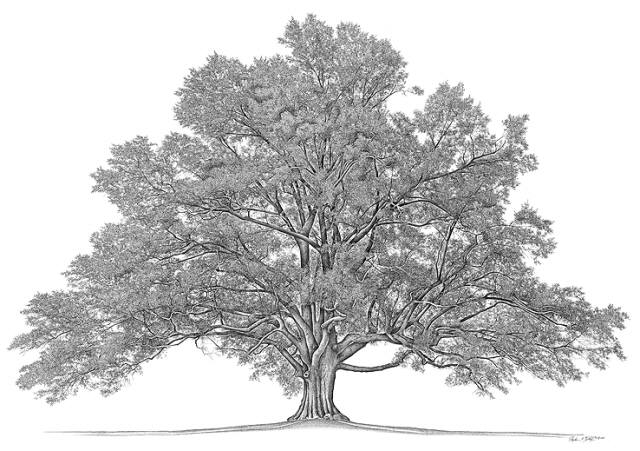Important Definitions
Research Journal
Keeping a journal is a "discovery" tool that allows you to achieve a better focus on the research problem, stay organized and helps to prevent redundant research activities. Here is where you list the sources you’ve checked or plan to check:
Research Worksheet
Creating a worksheet for each family member you are researching is very helpful in tracking individual ancestors and families. Bundling individual worksheets together with their respective families helps you stay organized and reduces the "too much information" dilemma:
Research Timeline
Using a timeline can be most insightful when looking at the "Big Picture". It allows you to see the movement activities of an individual and family over time and is especially useful for immigrant ancestors, pioneer families and hard to locate individuals and families that moved around a lot or do not appear in a census:
Census Analysis Worksheet
The Census Analysis Worksheet allows you to organize family information from five censuses on one form and helps you to:
Keeping a journal is a "discovery" tool that allows you to achieve a better focus on the research problem, stay organized and helps to prevent redundant research activities. Here is where you list the sources you’ve checked or plan to check:
- Although a journal can be kept manually or using a word processor, a helpful utility is to use a computerized spreadsheet application so that search results may be sorted
- Write down the research problem at the top of the journal page
- Divide the journal into a minimum of four columns: Date – Source Citation – Repository – Objective – Results Description
- Each time you search a record, make an entry in the journal (if that source did not have information you could use, record a notation such as "No information found")
- Entries can be as simple or detailed as you like, but do include minimal information as to the source, its location, what was searched for and the results
- The journal will be very useful later when you want to review prior searches for a particular or unrelated research problem or see if you have searched that source before
- See Printable Research Journal Form
Research Worksheet
Creating a worksheet for each family member you are researching is very helpful in tracking individual ancestors and families. Bundling individual worksheets together with their respective families helps you stay organized and reduces the "too much information" dilemma:
- A research worksheet can be kept manually or using a word processor (recommended)
- Include Full Name, Nicknames, Vital Information, Spouses, Residences, Religion & Military Service (minimum information – add more when available)
- Be sure to indicate sources of information (Helpful Hint: For ease in recording sources, cross-reference to the individual’s research Journal)
- See Printable Research Worksheet Form
Research Timeline
Using a timeline can be most insightful when looking at the "Big Picture". It allows you to see the movement activities of an individual and family over time and is especially useful for immigrant ancestors, pioneer families and hard to locate individuals and families that moved around a lot or do not appear in a census:
- The research timeline can be kept manually or using a word processor or spreadsheet
- Record the ancestor’s name at the top
- Divide the timeline into two columns: Date and Information
- Record the events chronologically as you discover them: birth, baptism, marriage, new places of residence (town, county, state, country), birthplace of children, death, burial, etc.
- See Printable Research Timeline Form
Census Analysis Worksheet
The Census Analysis Worksheet allows you to organize family information from five censuses on one form and helps you to:
- View family individuals for five decades
- Discover individuals in a household not members of the immediate family
- Notate individual information such as spelling inconsistencies, trends, married names, relationships, gender, nationality and other useful information
- Track the family geographically and across time
- Source comments and any other information you deem useful
- See Printable Census Analysis Worksheet
© 2010-2017 Tualatin Family History Center – All Rights Reserved
